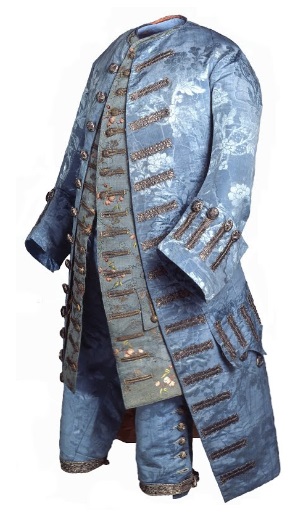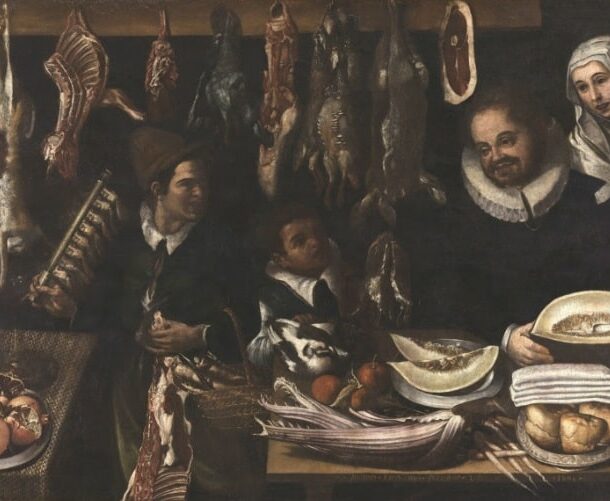
The canvas is divided into two registers, each of which in turn is subdivided into four, offering a total of eight scenes. Each scene is identified by inscriptions that refer to the degree of miscegenation based on ethnic origins (indigenous, European and African). This style is characteristic of a pictorial genre developed in the viceroyalty of New Spain throughout the 18th century. This genre is known as “caste painting” and is organised on the basis of series generally consisting of 16 paintings in which the most common unions are arranged. Luis Berrueco, who signed this series, descended from painters from Puebla and had a large group of followers. He was responsible for the first series of “caste paintings” commissioned in Puebla, the second most important city in the viceroyalty of New Spain.
Collection: Images
Project: 4. Family, daily life and social inequality in Europe., 9. Travels and travelers: economic, social and cultural connections.
Chronology: XVIII
Scope: Secondary Education, Baccalaureate
Link: https://artsandculture.google.com/asset/cuadro-de-castas-luis-berrueco/gwFR9wrShzsU1A
Resource type: Image
Format: Oil on canvas (209 x 406 cm)
Source: Museo de América (Madrid, España)
Language: Spanish
Date: Finales siglo XVIII
Owner: Álvaro Romero González (Modernalia)
Identifier: 5/22/2009
Copyright: Museo de América (Madrid, España)
Abstract: A picture of caste in America representing the new visions of society in the Hispanic Monarchy
Image
Tags







